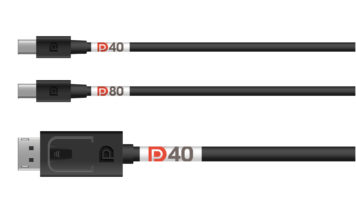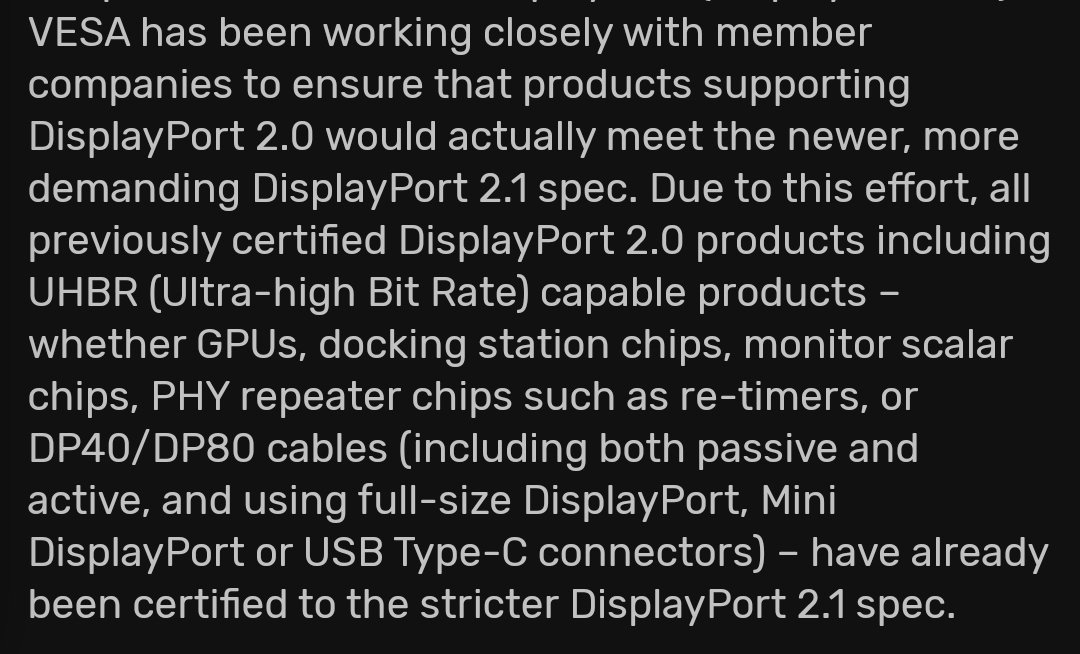Armenius
Extremely [H]
- Joined
- Jan 28, 2014
- Messages
- 42,028
As far as I know this is only an issue with non-partner cables that don't follow the specification. I have not had any issues with DisplayPort burning out a video card in more than a decade of using it.My biggest concern with Display Port has always been power feedback through the cable's power pin that would sometimes burn out a video card.
Ray tracing is a "universal standard" baked into both DirectX and Vulkan.It's like "shaders" back in the Geforce 2/3 days.... "They used this tech in Jurassic Park?? No way.."
It took till DX 8.1 for shaders to become a standard. (with HL2/Doom3)
Honestly, I'm much more intrigued with DLSS/FSR than ray-tracing.
Until there's a universal standard for ray-tracing; which I'll assume AMD will decide with consoles etc....
We're still at the GLquake/Vquake stage IMO
![[H]ard|Forum](/styles/hardforum/xenforo/logo_dark.png)


